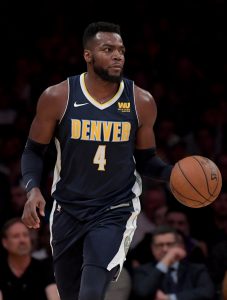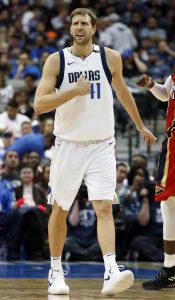After the NBA’s biggest-name free agents come off the board, many teams shift their focus to filling out their training-camp rosters. Teams can only carry 15 players on NBA contracts (plus two on two-way deals) during the regular season, but their maximum roster size increases to 20 players in the offseason, allowing clubs to bring a few extra players to camp to audition for a place on the regular-season roster or a spot on the team’s G League affiliate.
Many of those players will sign a contract with an Exhibit 10 clause. Introduced in the NBA’s most recent Collective Bargaining Agreement, Exhibit 10 contracts are one-year deals worth the minimum salary. They don’t come with any compensation protection, but can include an optional bonus ranging from $5K to $50K.
Let’s say an undrafted rookie signs an Exhibit 10 contract with the Knicks that includes a $50K bonus. He attends camp with the Knicks, but is waived before the regular season begins, with New York designating him an affiliate player in order to retain his G League rights. In that scenario, if the rookie elects to play in the G League for the Westchester Knicks and remains with the club for 60 days, he’d be entitled to his full $50K bonus.
The player wouldn’t receive that bonus if he opts to sign with a team overseas after being waived by the Knicks. Essentially, the Exhibit 10 bonus serves as an incentive for players to stick with their team’s G League affiliate — they must spend at least 60 days with the NBAGL club in order to get their bonus.
There’s another scenario in which that undrafted rookie who signs an Exhibit 10 deal with the Knicks would receive his $50K. Exhibit 10 contracts can be converted into two-way contracts, so if New York opted to do that before the season begins, the $50K bonus would turn into a salary guarantee for the player. As soon as his contract becomes a two-way deal, he’s entitled to that bonus, even if the Knicks waive him a week later.
Only teams with a G League affiliate can include an Exhibit 10 bonus in a contract. In 2019/20, the Pelicans will become the 28th NBA team with its own affiliate, leaving only the Trail Blazers and Nuggets on the outside looking in. Those clubs could technically sign players to Exhibit 10 deals, but wouldn’t be able to include bonus money.
The Heat have been one of the most active teams so far this offseason when it comes to signing Exhibit 10 contracts. Jeremiah Martin, Chris Silva, and Kyle Alexander have all received those deals, which benefit Miami in one important way — they don’t count against team salary during the offseason. That’s crucial for the hard-capped Heat, who are less than $1MM away from the tax apron and otherwise wouldn’t be able to add free agents to their roster without shedding salary elsewhere.
Here are a few more notes relating to Exhibit 10 contracts:
- A team can’t carry more than six Exhibit 10 contracts at a time.
- An Exhibit 10 contract can only be converted to a two-way deal before the regular season begins.
- An Exhibit 10 contract that gets converted to a two-way deal can later be converted into a standard NBA contract.
- An Exhibit 10 bonus earned by a player who ends up in the G League or on a two-way contract isn’t counted toward the NBA team’s total salary.
Note: This is a Hoops Rumors Glossary entry. Our glossary posts will explain specific rules relating to trades, free agency, or other aspects of the NBA’s Collective Bargaining Agreement. Larry Coon’s Salary Cap FAQ was used in the creation of this post.
An earlier version of this post was published in 2018.
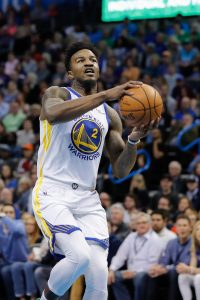
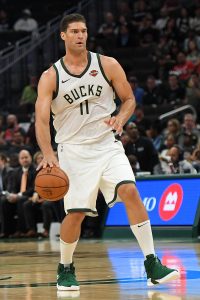
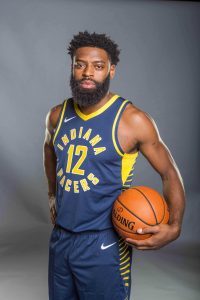 The salary limitations that apply to Non-Bird rights are more severe than those pertaining to Bird rights or Early Bird rights, so in many cases, the Non-Bird exception may not be enough to retain a well-regarded free agent. For instance, the Grizzlies held
The salary limitations that apply to Non-Bird rights are more severe than those pertaining to Bird rights or Early Bird rights, so in many cases, the Non-Bird exception may not be enough to retain a well-regarded free agent. For instance, the Grizzlies held 